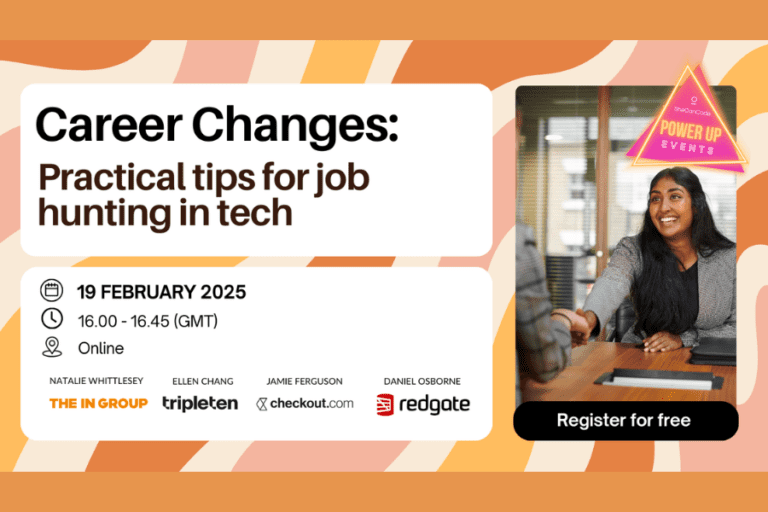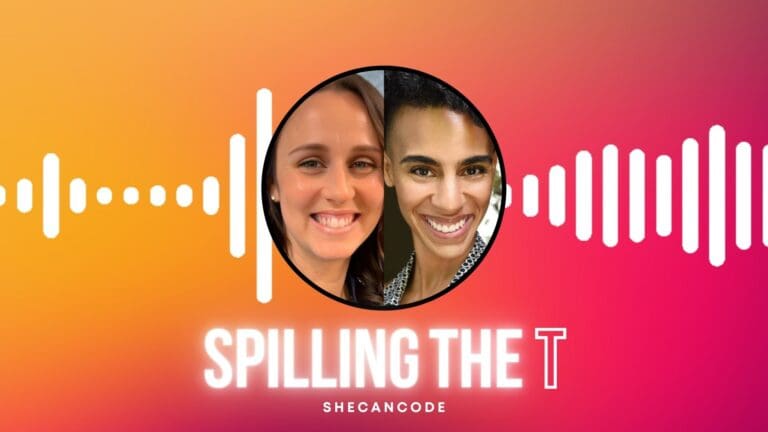Maybe you’ve taken a year or two. Maybe you’ve taken longer. Maternity leave, following a spouse’s job, an international move… All kinds of things could be behind a career break.
This is the first of a three-part series, sharing the ocean of advice and resources that I found before I decided to combine my writing and business development loves and retrain as a copywriter. Part one is aimed at you if you know the role you’re looking for. The next two will be about finding a new direction and retraining or starting your own business.
1. Your network is vital, and it’s wider than you might think
Of all the options open to you, your likeliest route to success is through your existing contacts. For many jobs, a gap longer than two years is going to rule you out of conventional recruiting.
Call up some old friends. Message people on Facebook. Flag your interest on your LinkedIn profile. Put the word out that you’re looking for work.
But let’s get creative with the word “network”: parents of your kids’ friends, people you chat to at the gym, someone from your NCT group… Today, divorce lawyer Ayesha Vardag charges £795 + tax an hour and her company has five offices. Her first client? A fellow mum she met at a PTA evening. Be resourceful and be willing to ask.
And if you don’t have a LinkedIn profile, get on it. It’s free for a basic profile, and you can get started with their online tutorials and webinars.
2. Recruitment has changed, dramatically
According to the executive career coach, Zena Everett, only around 20% of jobs go through recruiters today. The digital environment lets people send CVs in seconds and recruiters are deluged. That means several things for your search…
Firstly, see the point about networks above. You might only need to be the friend-of-a-friend for interviewing you to be more attractive to a hiring manager than them advertising and risking receiving a thousand unwanted CVs.
Next up, the chances are that if a recruiter does call you, they’re not going to be the one speaking directly to the hiring manager. To begin with, you’ll be screened by someone junior who’s in charge of wading through the flood.
Make it obvious on your CV or LinkedIn profile what you’re looking for so that your fit for a role jumps out to Junior. Don’t leave anything to interpretation.
I still get approaches from recruiters asking if I’m interested in technical roles on assets that I used to work the commercial agreements for. They searched for the asset name and I came up, but I’m not going to help them maintain their client’s oil rig.
You are also going to need to be unique to cut it. Everett’s advice is not to create a personal statement involving words like “motivated, flexible…”. Instead focus on the industry you have experience in, the problems you have solved, the functional roles you’ve performed, etc. That way, it’s really clear exactly how you can help an employer.
3. Be honest and be brief
There’s a gap in your CV. There’s no way around that. So what to do? Julianne Miles of the Women Returners Professional Network advises that you don’t try to hide the gap nor spend an interview talking about it. Stick with a one-liner stating that you took an intentional career break and keep the conversation simple.
A talk thread on Mumsnet recently highlighted this, with a recruiter irritated by applications with defensive statements like “my children needed me” or long lists of family logistics entered as recent employment. As a single mum who worked full time herself, she was happy to hire mums after a break but clearly put off by applications that touched on the politics of choosing to work or stay at home.
If you can talk about something transferable during the break, of course, do. Study, keeping the books for a charity, running crowd-funders, organizing functions – anything that relates somewhat to where you want to go is helpful.
4. Know that you’re risky
The idea that struck me most as I was looking at returning to work, again from Julianne Miles, is that anyone who’s taken a career break is a risk to a recruiting manager. With no recent references, live project performance or colleagues to call, there’s no real way to evaluate you.
There are some easy ways to get past that though. You could:
- Start out as a contractor and deliver on a single project.
- Offer to work part-time initially.
- Take a fixed-term contract before joining the payroll.
If you’ve made a good impression and you’re shortlisted for the job, this may be enough to take away the recruiter’s reservations. Once you are in their offices you can make yourself indispensable.
5. Get a job to get a job
A great way to rebuild your CV, and rebuild your confidence if you have your own doubts about how you’ll perform after a break, is to focus on stepping stones.
Strategic volunteering in your sector or discipline will show your willingness and create a current reference for you. Some temp work or a single project contract (and remember, you’re risky, but you can take a pay cut for a short time to sweeten the deal) might open doors.
And the really exciting area that’s mushrooming at the moment is returnships. Designed for senior and experienced people who’ve taken an extended break, these paid internships give you the chance to get your industry knowledge up to speed and lets employers access a pool of talent ahead of their competitors.
Recruitment rates from returnships are between 50 and 85%, and if you don’t get hired by your employer, you have some chunky experience and contacts to help you in your search.
6. You don’t have to go full-time
Finally, you don’t have to be looking for a full-time role to get meaningful work. Agencies are springing up that place experienced individuals into part-time roles. A start-up may desperately need your skills but not have the size or funds yet to employ you full-time. Or you could help out through a rebrand, restructure or transition to a larger corporate structure.
Check out the following sites and see if you find a fit:
- CJ Talent is a specialist recruitment company for placing senior talent in part-time and flexible work. They also have tons of resources to get you started.
- Hurston Eliot also focuses on part-time and flexible roles, primarily in law, finance, marketing and strategy.
- Mumsnet works with lots of employers and has a huge range of jobs advertised at various levels. Set up an alert and you can keep track of family-friendly roles.
Resources
Last year, I was lucky enough to win a ticket to Mumsnet Workfest and to meet and hear amazing women talk about how they juggle motherhood and work. Another Workfest isn’t planned at the moment but the following links will take you to some of the people who got involved and blog posts, advice and events that can help you along your way.
- Women Returners Professional Network
- Digital Mums, award-winning social media training involving work placements
- Teach First, a teaching not-for-profit
Another great source of business, career and freelance advice is the Talented Ladies Club – you can spend hours on their super-readable content.
This article was adapted from an article originally published here.
 Amy Boylan
Amy Boylan








